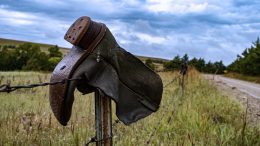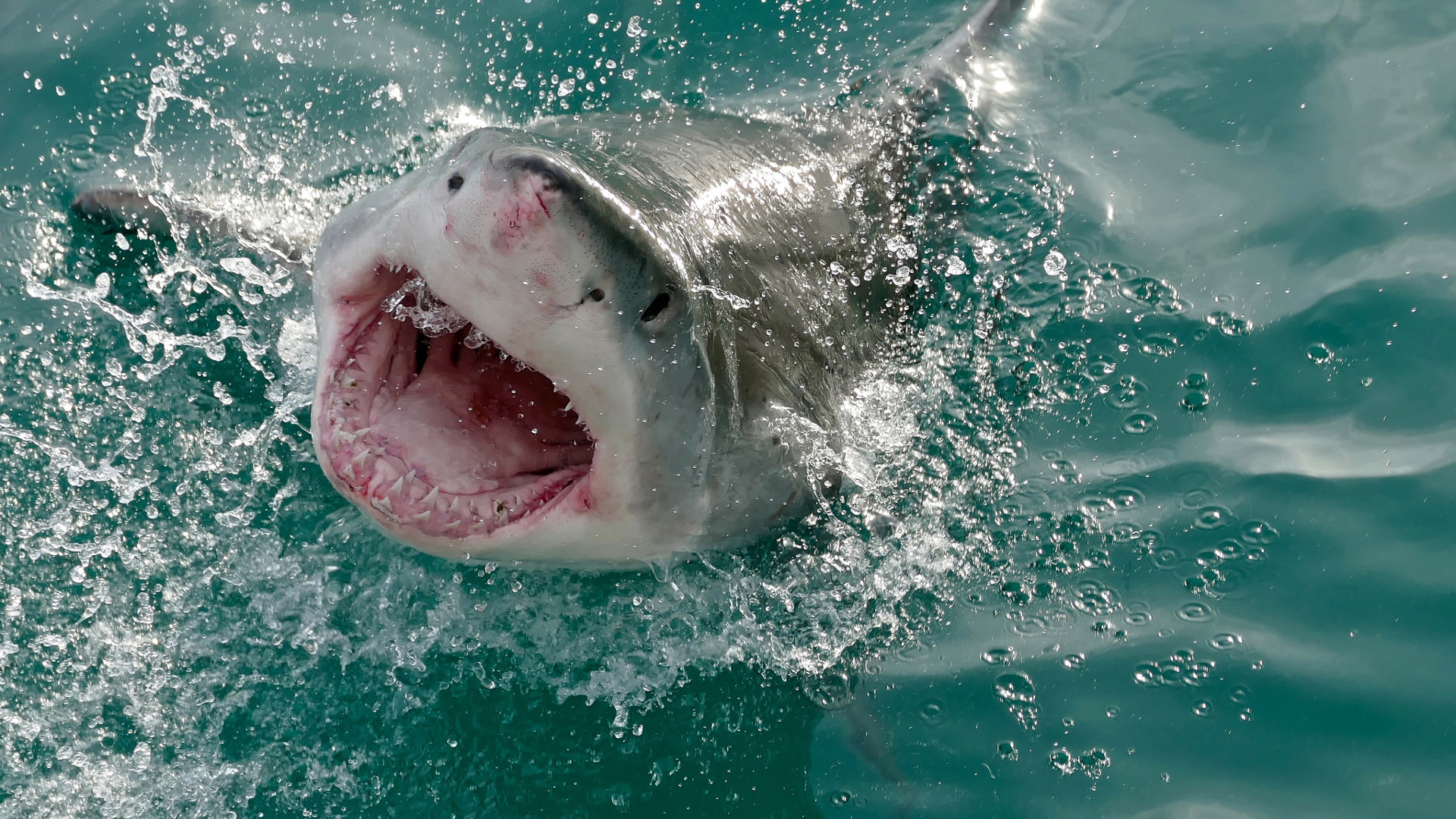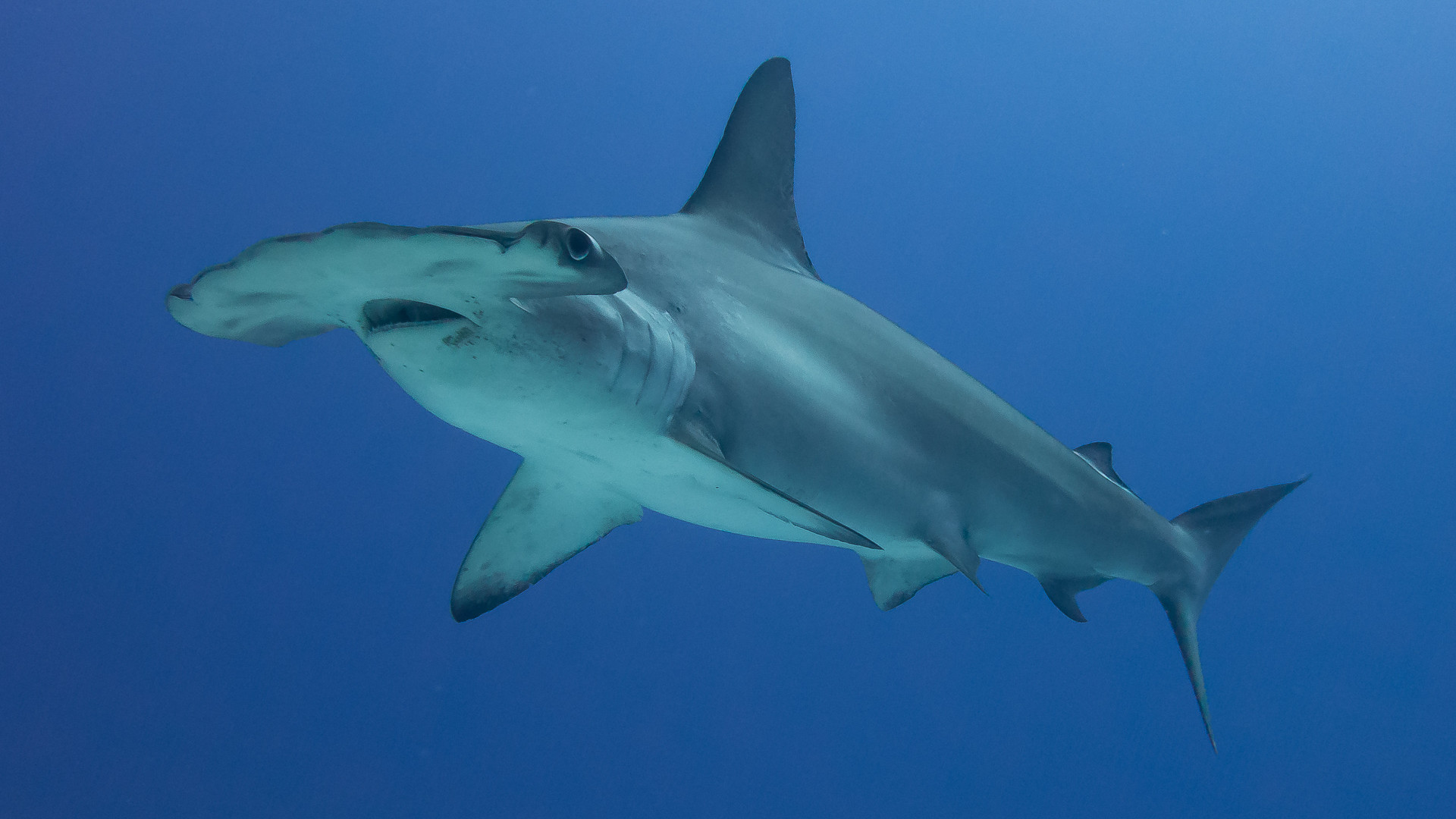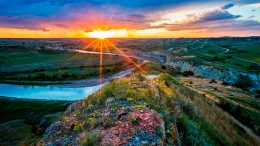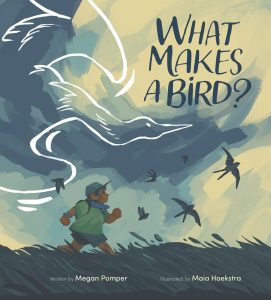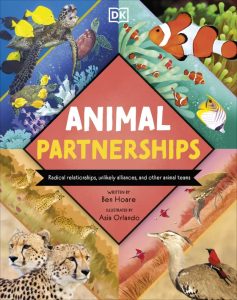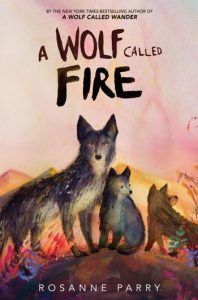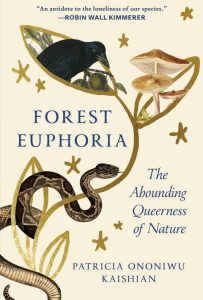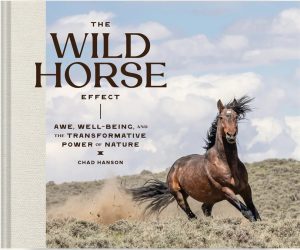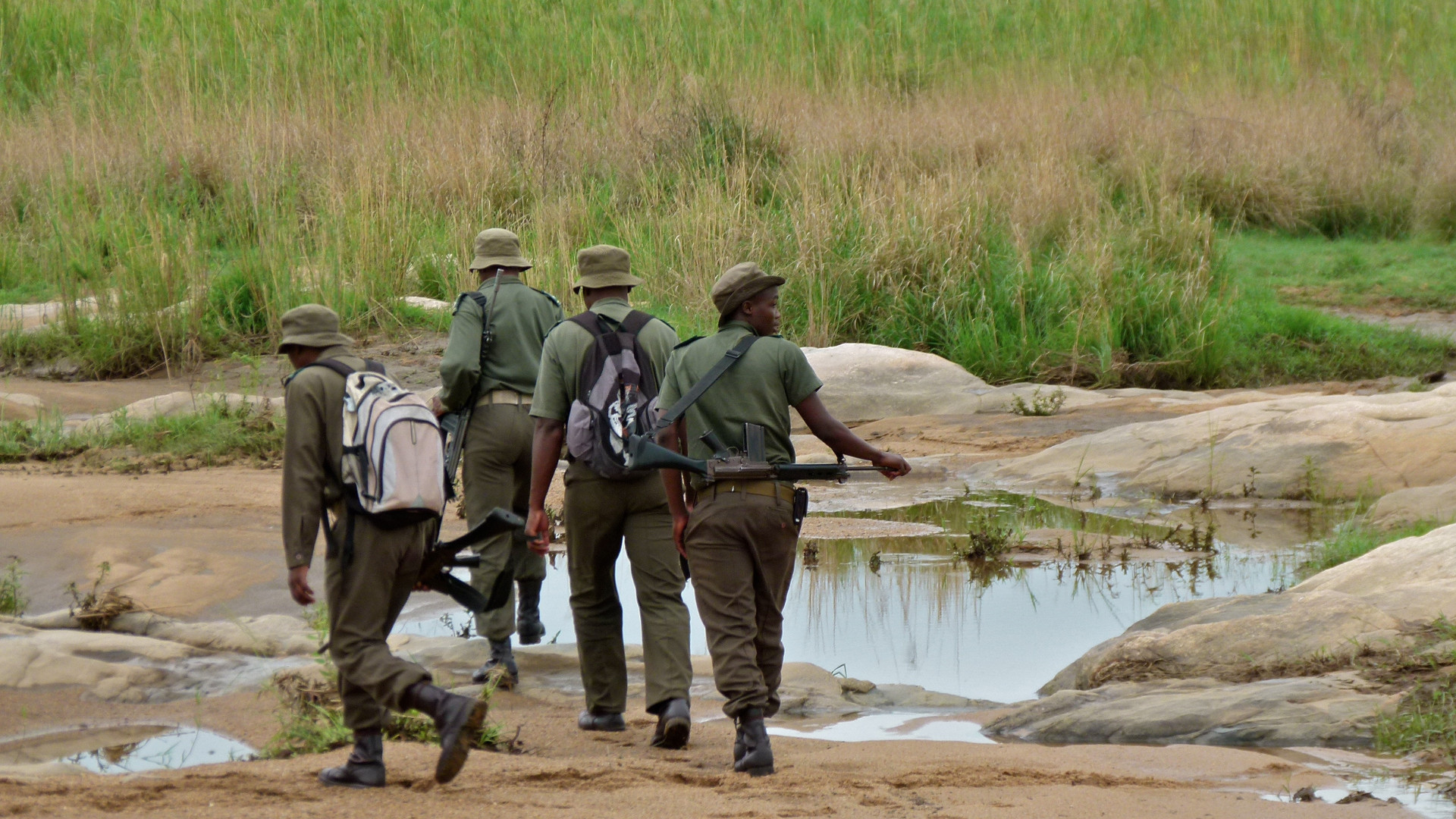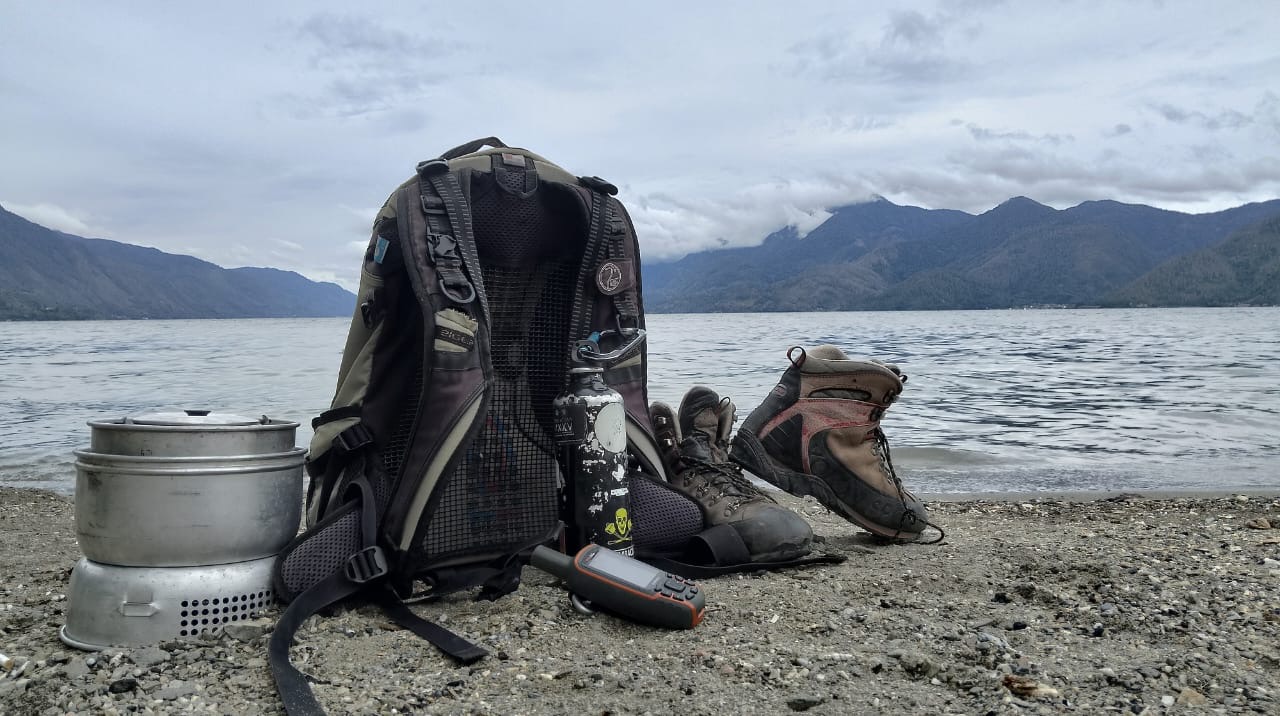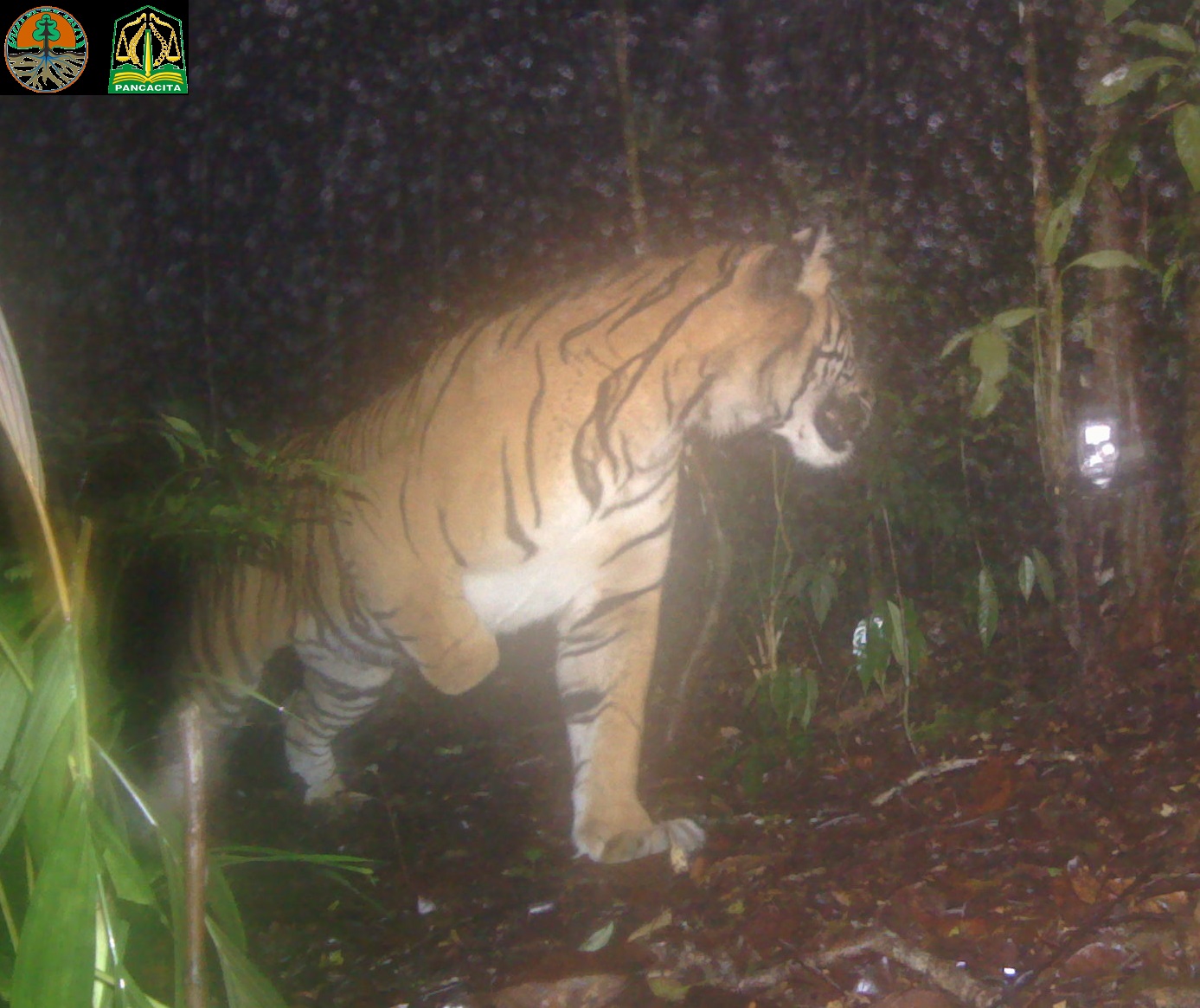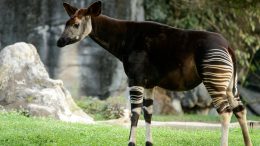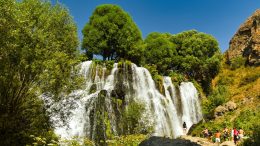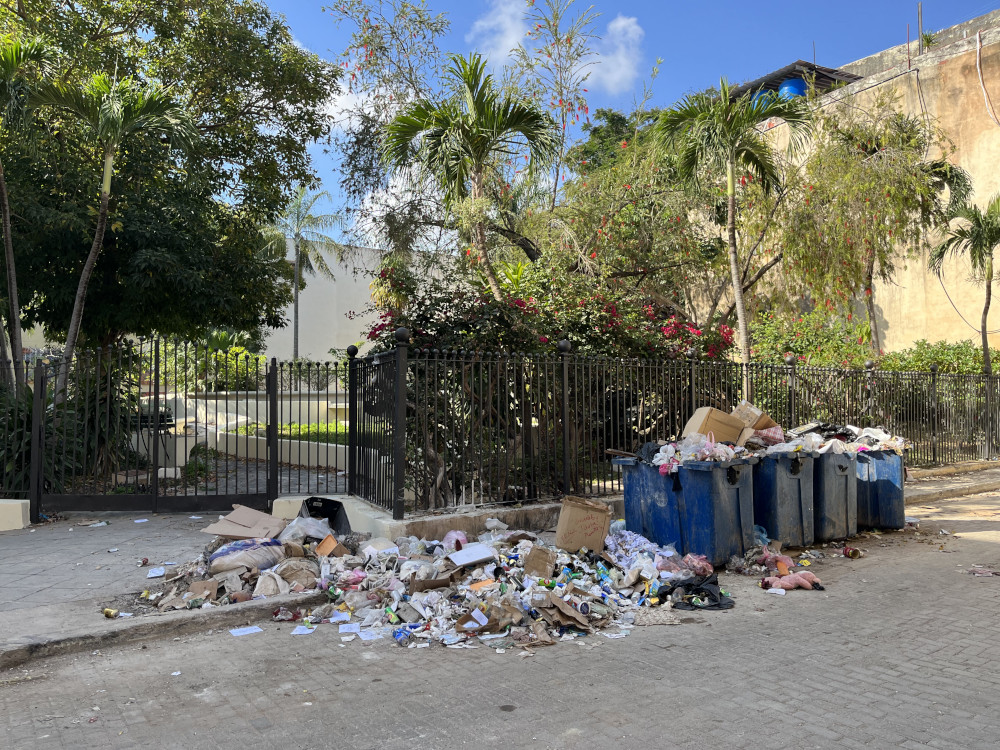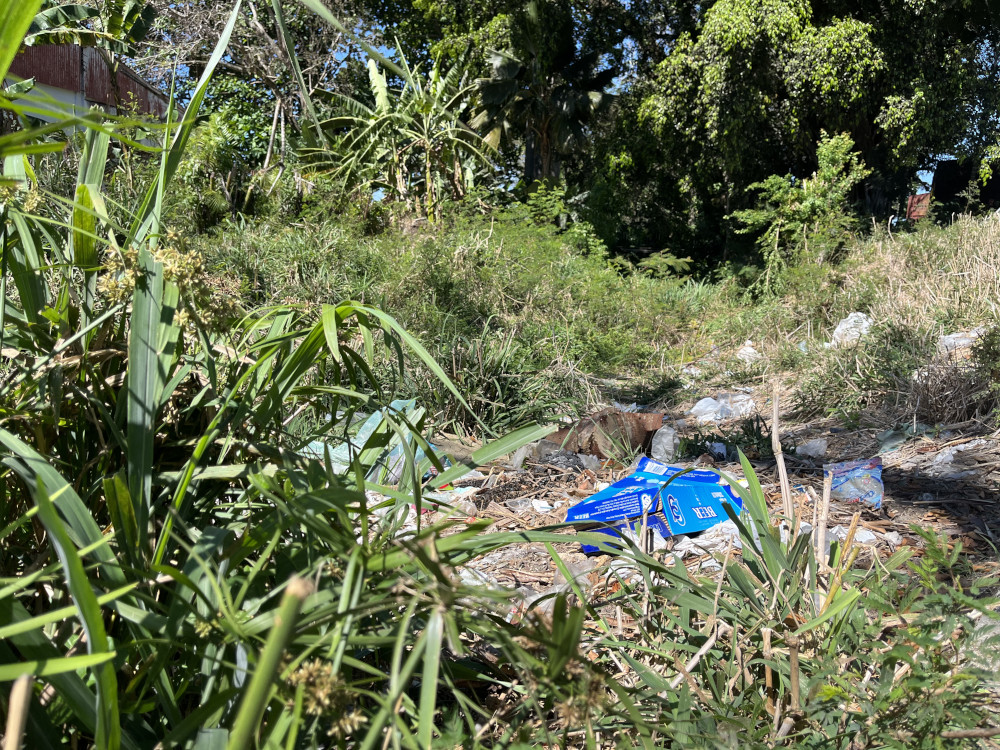This story was originally reported by Jessica Kutz of The 19th. Meet Jessica and read more of her reporting on gender, politics and policy.
In 1978, a young housewife named Lois Gibbs captured the national media’s attention when she learned her community was built on a toxic waste dump.
She lived in Love Canal, a neighborhood in Niagara Falls, New York, which up until that time had been an idyllic suburb to raise a family. Unbeknownst to residents, most of their homes abutted a partially dug canal that had been repurposed to serve as a chemical dumping ground. Decades before, companies had buried over 21,000 tons of chemical waste there. The playground of her son’s elementary school sat directly atop the site.
So when Gibbs read about this history in the local newspaper, and about an investigation that had opened that April to look into a potential health hazard in the community, she connected the dots between her son’s recent health issues, including seizures, to her family’s proximity to the dump.
She began to meet with other housewives and listened as they described miscarriages, birth defects and unexplained illness in their families. That led Gibbs to form the Love Canal Homeowners Association, which held meetings, met with local and national government officials and represented hundreds of families as they demanded accountability for what had happened to their health and homes.

In her quest for justice, she became a media darling, perfectly encapsulating the narrative of a White working-class community fighting to salvage their American dream. The story of Love Canal eventually catalyzed the creation of the Superfund Act, which tasks the Environmental Protection Agency with cleaning up hazardous waste sites across the country.
But while Lois’s story as a mother protecting her children from a toxic environment resonated with the media, those same reporters were ignoring similar concerns being raised by Black women who lived just across the street in a public housing complex. They were seeing parallel health issues crop up in their families and sent their children to the same school as the other families at Love Canal. A school that was later closed due to contamination. As Black mothers, who were also renters, their story garnered less sympathy from homeowners, the government and the media.
As a result, the history of Love Canal narrative often leaves out their activism. This is their story.
Just two months after Gibbs first made headlines in June of 1978, a state of emergency declared that pregnant women and children under the age of 2 should evacuate from their homes closest to the canal. Homeowners in this area were also offered relocation assistance, and the government bought back their homes at a fair market price as part of their compensation.
But as these evacuations were unfolding, homeowners excluded from that zone and residents of Griffon Manor, a public housing complex for over 200 families, were left to worry about their health. With construction planned to remediate the site, and no plans to move renters, they worried about further exposure to toxins and felt like the officials hadn’t done enough to investigate the extent of the contamination or the health issues plaguing them.
As a result, Black women from the housing complex stepped up as leaders for the renters. This included people like Agnes Jones, Vera Starks, Elene Thorton and Sarah Herbert, who all took on various leadership roles throughout the disaster and voiced the concerns of families through the formation of the Concerned Love Canal Renters Association. They also enlisted the help of the NAACP and a religious organization called the Ecumenical Task Force of the Niagara Frontier to fight alongside them.

Carol Jones, Agnes’ daughter, remembers her mother poring over a stack of newspapers and other research documents at their kitchen table, trying to parse out how the chemical contamination might be affecting her family and the other residents at Griffon Manor.
They moved to the complex when Carol was a teenager after their house burned down in a neighborhood not far away. Agnes had worked as a nurse at both the elementary school and at Dupont, a chemical plant, and like Gibbs, she began interviewing residents when she learned about the chemicals lurking in the ground. They told her about their pregnancy complications, about mysterious cancers that had developed in family members, about unexplainable skin rashes.
Agnes would take that information to news reporters she hoped would cover their story. But no matter how many interviews she gave, it never seemed to break through in the same way. She was rarely on TV or quoted in the paper.
“We’d watch the news after seeing my mother communicate with these reporters, and she wouldn’t be there, and the people wouldn’t be heard,” Carol remembers.
She chalks part of that pattern up to racism. Whereas Gibbs’ story garnered sympathy, “My mom was considered an angry Black woman that was living in a housing project,” she said.
Agnes also felt sidelined by some of the homeowners. At meetings they organized, Carol remembers her mother standing up to shout her concerns when she felt like renters weren’t being listened to. “But I also remember my mother coming home at night and putting her head on the table when she thought we were asleep, and we could hear her cry from the frustration from not being heard,” Carol said.
Historian Elizabeth Blum said that for the Black women of Love Canal, the fight wasn’t just about health, but about getting the same treatment as their peers. The environmental disaster unfolded just a decade after passage of the Civil Rights Act. Desegregation was underway, and Black leaders across the country were fighting to realize their full rights as citizens.

“What they were doing was not only a fight for a cleaner and a healthier environment, but they also saw it as part of a struggle of trying to achieve more equality,” said Blum, who wrote “Love Canal Revisited,” a book examining how gender, race and class influenced how the two groups were treated.
Through this lens, Blum also credits these women as being part of a longer history of fighting for environmental justice years before the movement garnered recognition in Warren County, North Carolina. In 1982, Black activists fought against toxic chemicals being illegally dumped in their community, launching a national movement with other communities facing environmental racism.
“Black women were pivotally involved in urban environmental issues, and they were connecting it to civil rights issues during the progressive era,” she said. One group called the National Association of Colored Women was active in fighting against unhealthy housing conditions and doing neighborhood cleanups way back in the late 1800s and early 1900s. “They were talking about that all within the aspect of health. And they were also talking about it as a racial issue.”
But their activism was blunted by their gender, race and socioeconomic status. Many of the women in Griffon Manor were single mothers, which carried its own stigma. And as renters, they also garnered less sympathy about their situation from the public. As Blum said, “In the mid- to late ‘70s, you had that constant language, and still have that language, of welfare mothers and that they’re not deserving.”
Griffon Manor residents did not have the means to move out of the toxic environment where Carol remembers chemicals leaked into the basements of some of the units.
“A lot of people were barely keeping their heads above water,” she said.
When White homeowners were being evacuated, they felt trapped in Griffon Manor. As Thorton, one of the activists wrote in a letter asking for relocation assistance, “The mental anxiety caused by living in a chemically polluted area is enough reason to move those who wish to move from the area.”

Finding information about how the chemicals might be affecting their health was another hurdle. From getting adequate testing for residents, to compensation for illnesses linked to the tragedy, the women had to fight for resources and services being offered more readily to White residents including more robust health testing.
At one point Agnes, wrote in a letter to the editor of the local newspaper, decrying the lack of testing for residents in Griffon Manor, and describing a pattern of test results never being returned that made people distrust the research. “These people are confused, hurt and frustrated,” she wrote.
Other women like Thorton were looking for experts who could help them conduct health surveys at Griffon Manor. In at least one instance, she wrote to one doctor who had offered to help homeowners, asking if he could extend the same offer to the renters. Eventually, Thorton tapped another researcher, Beverly Paigen, who had been working to evaluate health claims of the homeowners, to expand her research to the housing complex.
After years of this advocacy work, in 1980, the federal government finally announced it would help relocate renters and the remaining homeowners. For the renters, in particular it was a hard-fought victory. This decision came after a proposed state plan had excluded them from relocation assistance. Once the evacuations began, homeowners received buyouts to leave long before renters were given other housing options. It’s less clear in records whether renters ever won additional compensation for associated health issues.
“It took courage,” Carol said of her mother’s activism at the time. But the end result also weighed on Agnes: “My mother always thought that there was something else that she could have done.”
Despite their years of activism at Love Canal, the Black women who fought tirelessly for their families are hard to locate in the story. Hundreds of archival images are available from that time frame, but only a handful even show Black residents were present at Love Canal. Thousands of pages of records from the homeowners’ association have been preserved on university websites, but only traces of the work done by the renters’ association, by Agnes and the other Black mothers of Griffon Manor can be found in records.
That failure to include their voices in a narrative that led to national change has ripple effects into how we understand the history of environmentalism, said Evlondo Cooper, a researcher with the climate and energy program at Media Matters, a nonprofit that analyzes media coverage.
“It matters that we revisit these stories,” he said. Because otherwise, “We lose a space where Black women are the natural leaders, or key leaders in the environmental movement.”

There are also lessons to be learned about how the media can shape narratives today. “If you prioritize centering [marginalized] voices it makes it much harder to erase their contributions,” Cooper said. It also has material benefit to marginalized groups, because as demonstrated by the saga of Love Canal, “communities that are getting the media and attention are the communities that can get the resources to fix the problem.”
While it’s hard to find a tangible record of all the work people like Agnes did over the years, Blum said they should be remembered as strong women who fought to protect their families amid huge obstacles, not just from the toxic chemicals lurking in their backyards but from a society still hesitant to recognize them as equal citizens in the fight.
“These brave, determined women should be known on the same kind of level as Lois Gibbs,” Blum said. “They are just as much part of the story as the White women are.”


